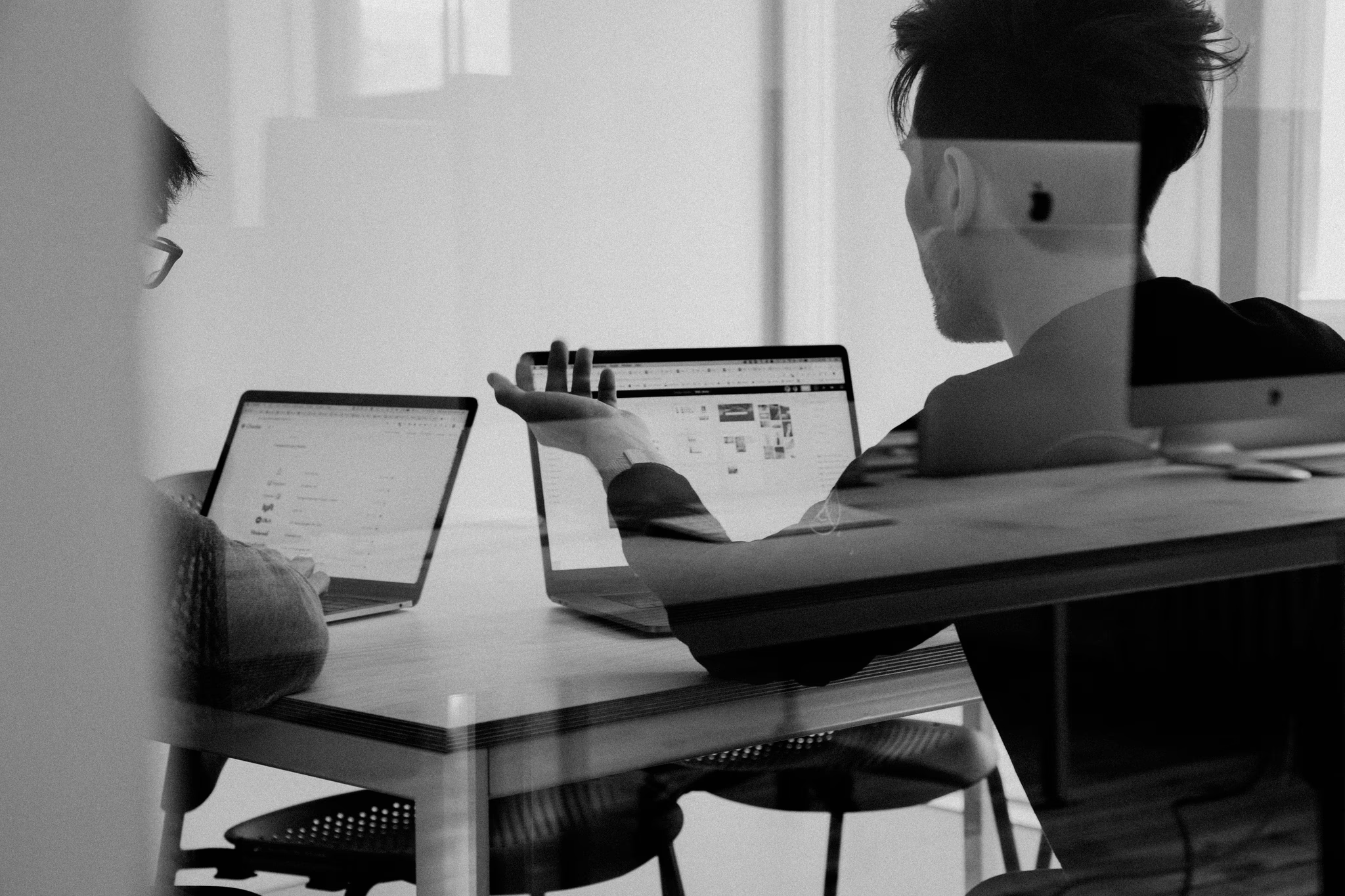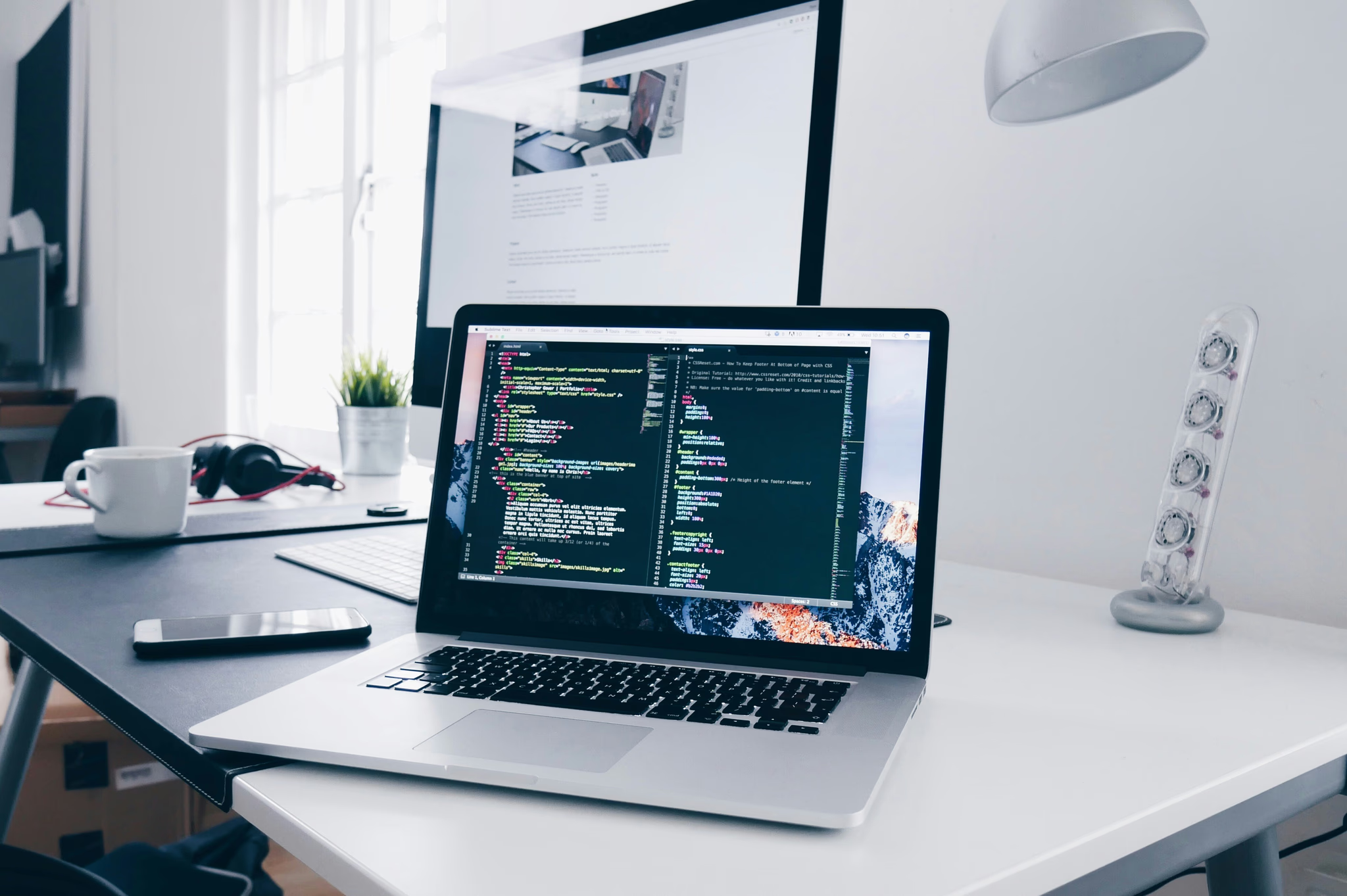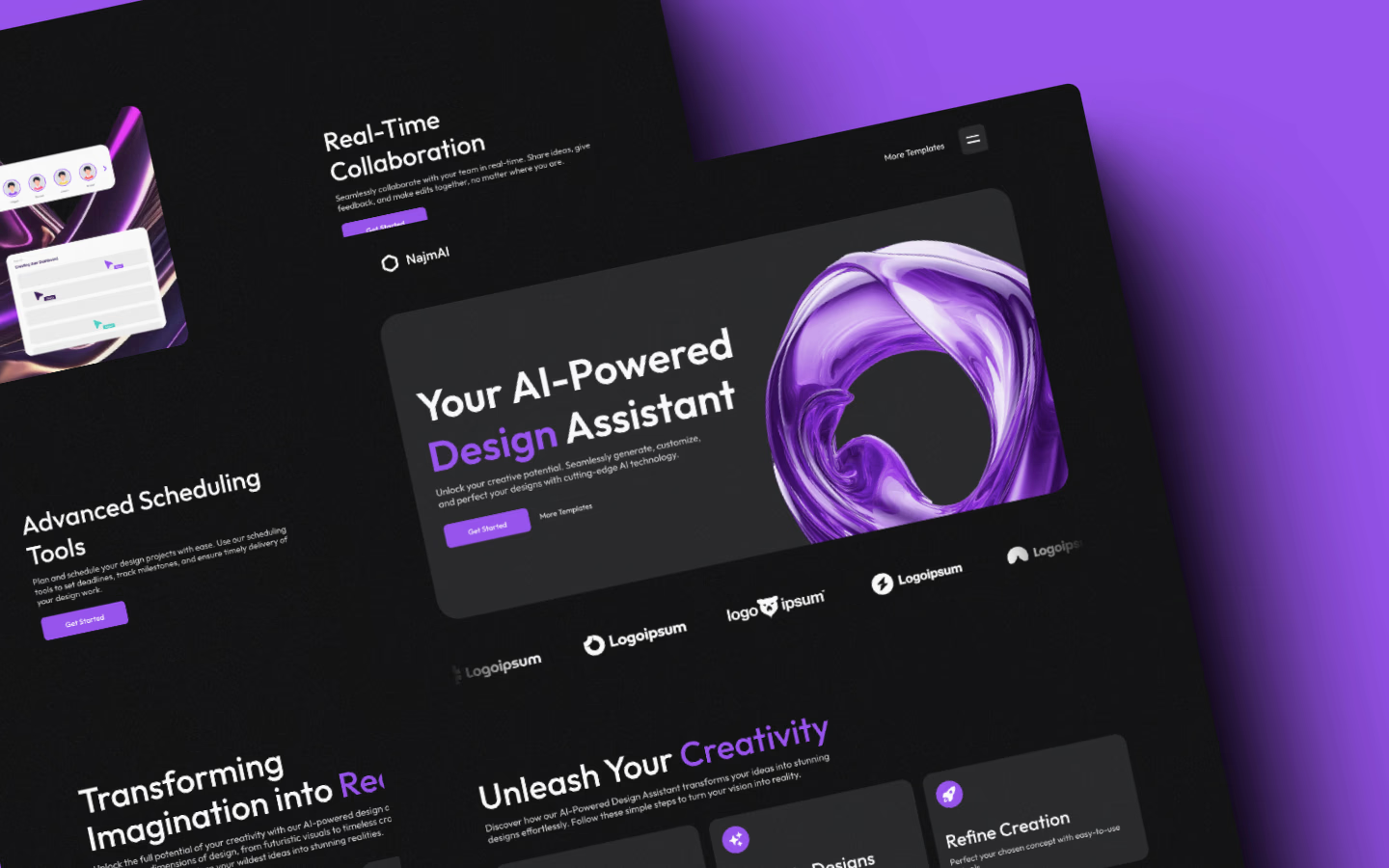
28 Feburary 2025
Understanding CSS Grid and Flexbox: A Comprehensive Guide
What is CSS Grid?
• CSS Grid Layout is a two-dimensional layout system for the web. It allows you to design web pages using rows and columns, making it easy to create complex layouts.
• With CSS Grid, you define grid containers and place grid items inside them, offering flexibility in both horizontal and vertical directions.
• The grid system allows for precise alignment of elements, making it ideal for building complex web layouts.
Basic CSS Grid Syntax
• To create a grid, use `display: grid;` on the container element.
• Define the number of columns and rows with the `grid-template-columns` and `grid-template-rows` properties, respectively.
• Use `grid-column` and `grid-row` properties on child elements to define how they will occupy the grid.
What is Flexbox?
• Flexbox (Flexible Box Layout) is a one-dimensional layout system that arranges elements in a row or column.
• Flexbox makes it easier to align and distribute space among items in a container, even when their size is unknown or dynamic.
• It is particularly useful when creating responsive layouts or when items need to be evenly distributed within a container.
Basic Flexbox Syntax
• To activate Flexbox, apply `display: flex;` to the container element.
• Use the `flex-direction` property to determine whether the items will be arranged in a row or column.
• The `justify-content` property helps align items horizontally (left, center, right, space between, etc.), while `align-items` is used to align them vertically.
CSS Grid vs Flexbox: Key Differences
• Grid is a two-dimensional system (both rows and columns), while Flexbox is one-dimensional (either in rows or columns).
• Use Grid when you need complex layouts with precise control over both rows and columns. Use Flexbox for simpler layouts, or when you want to align elements in a single axis.
• Flexbox can be more intuitive for simpler designs, while Grid excels at creating more complex structures.
When to Use CSS Grid
• Use Grid when you need to create complex layouts with both columns and rows, like magazine-style layouts, dashboards, or overlapping content.
• It is also helpful for large-scale layouts with precise control over element placement.
• Grid allows you to create asymmetrical designs, align items with ease, and define the size of rows and columns in a very flexible way.
When to Use Flexbox
• Use Flexbox for simple, one-dimensional layouts, such as navigation bars, footers, or single rows/columns of items.
• Flexbox is great for distributing space within a container, ensuring that items are aligned correctly and that they resize dynamically based on available space.
• Flexbox is also useful when building responsive layouts where the alignment of elements changes depending on the viewport size.
Practical Example: CSS Grid Layout
• To create a simple grid layout with three columns, you can use the following code:
.container {
display: grid;
grid-template-columns: repeat(3, 1fr);
gap: 10px;
}
.item {
background-color: #f1f1f1;
padding: 20px;
text-align: center;
}
• This will create a responsive layout with three equal-width columns, and the `gap` property will add space between items.
Practical Example: Flexbox Layout
• To create a simple flexbox layout with centered items in a row, you can use the following code:
.container {
display: flex;
justify-content: center;
align-items: center;
}
.item {
background-color: #f1f1f1;
padding: 20px;
text-align: center;
margin: 10px;
}
• This will create a flex container where the items are centered both horizontally and vertically within the container.
Conclusion
• CSS Grid and Flexbox are both powerful layout systems that simplify the process of building modern web layouts.
• Use CSS Grid when you need a two-dimensional layout with precise control over rows and columns, and use Flexbox for one-dimensional layouts that require flexible, dynamic alignment.
• Knowing when and how to use these layout systems will help you create responsive, maintainable, and efficient web designs.
More Article

March 22,2025
Mastering Responsive Design

March 22,2025
Improving Web Performance

March 22,2025
Modern Frontend Development Best Practices

March 22,2025
A Beginner’s Guide to JavaScript Frameworks
©Amit Dhangar all rights reserved